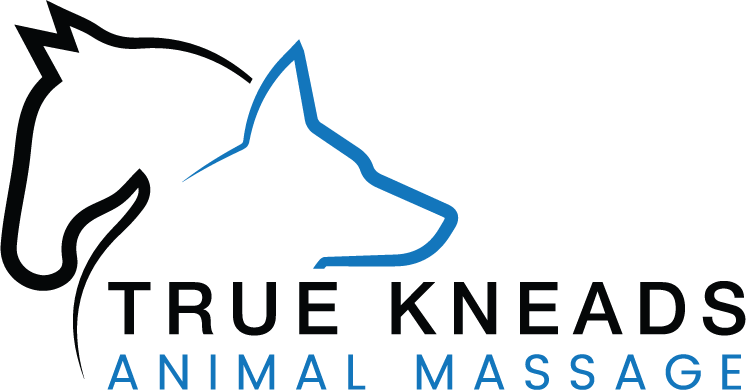Notes for Canine Guardians
Who can get a massage — dogs of all shapes, sizes, and ages can benefit from massage. Whether you have a working dog, a senior couch potato, or something in between, intentional touch can help the body heal and encourage wellness. There are a couple of physical and behavioral caveats. I recommend checking with your vet before scheduling to make sure that massage is okay, especially if your dog has a medical condition. And although massage can help some dogs with behavioral issues, it is not training and both my safety and the comfort of your dog may preclude massage.
What I need from you — You will need to fill out a Health Intake Form and Release (see the link at the bottom). You can fill out those forms online at your convenience. Once you submit them I will contact you to schedule a session. Your initial session will actually consist of two appointments. Having two appointments gives us more opportunity to find our rhythm. In the first appointment I gather additional health and activity information, watch your dog move, allow your dog to get comfortable with me, find which space works best for relaxing, and do whatever level of hands-on bodywork your dog wants. In the second appointment, your dog is more prepared about what to expect from a session and often we can move into hands-on work more quickly.
What to expect from a session — One of the most important aspects of a massage session is your dog’s ability to relax their muscles when I work on them. With that in mind, I go at your dog’s pace. The length of a session will vary, but is likely to be about an hour. That includes our time getting any current information about how your dog is doing that day, letting your dog get used to me and settle in, and hands-on bodywork. All dogs are different and some may melt with their first massage while others may take several sessions to become accustomed to massage. It is not uncommon for dogs to get up and move around, take a potty break, or drink some water.
Oftentimes it is easier for your dog to relax if you are around for at least a session or two. So what are you doing while your dog is getting a massage? You might have something quiet to work on or read. If your dog gets really excited about meal times or you moving around, that will be something to keep in mind. Just like a massage for a human, it’s harder for your dog to stay relaxed and focused on the bodywork when their environment is busy or noisy or they are worried they are missing out.
Massage location and time — I do my best to set up a time and a place that is most likely to be relaxing for your dog. I usually work in the late morning and afternoon, but I can also accommodate your evening schedule and weekends. I make house calls and we can set up inside or outside. Being outside does bring some challenges and distractions and I will work with you to see how best to minimize those distractions. Scheduling outside will also be weather dependent.
Odds and ends, or other things to help make the session effective — You and I will try to make the environment as comfortable and distraction-free for your dog as we can, whatever that looks like. So if your dog has a blanket or bed that they like, feel free to have that available. Treats are not necessary to get your dog to lie down. We might use treats to introduce hesitant dogs to me, but I don’t need them for most positioning.
When not to massage — If your dog has a fever or infectious disease, massage is NOT recommended. Some medical and neurological conditions are not compatible with massage. If your dog has a known medical issue, please consult your vet before scheduling. Finally, if your dog says, “No,” I will always honor that.
If this sounds like something you and your dog might like to try, the next step is to fill out the Health Intake Form.
If you have further questions, please contact me. I look forward to hearing from you!

